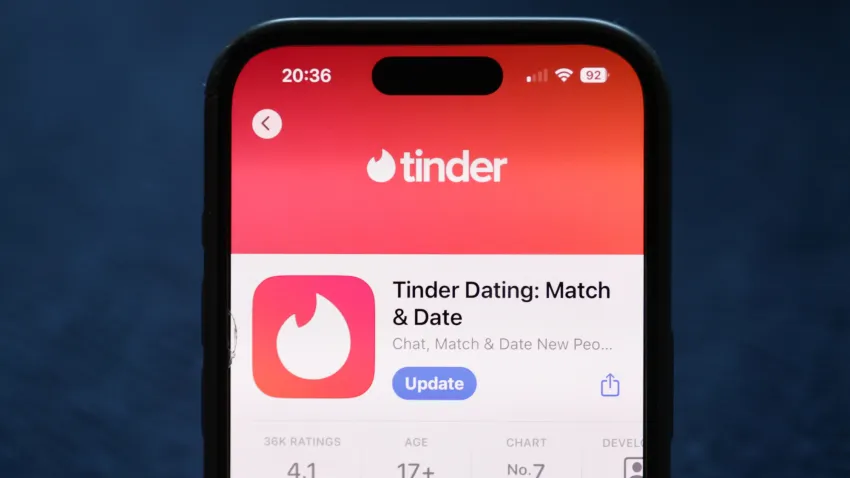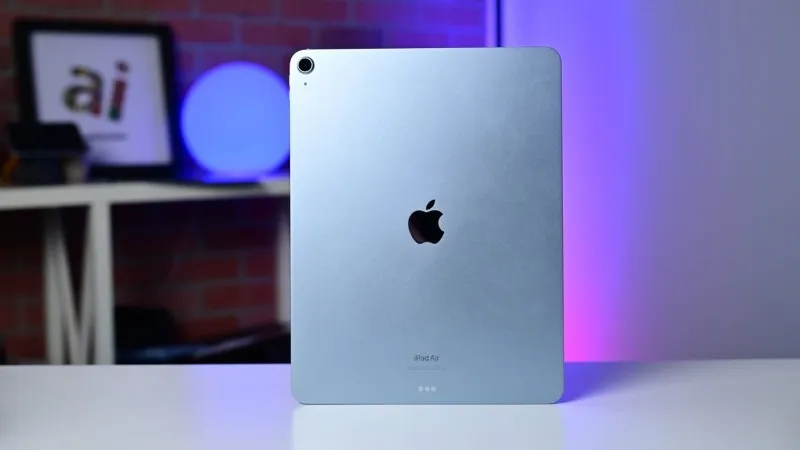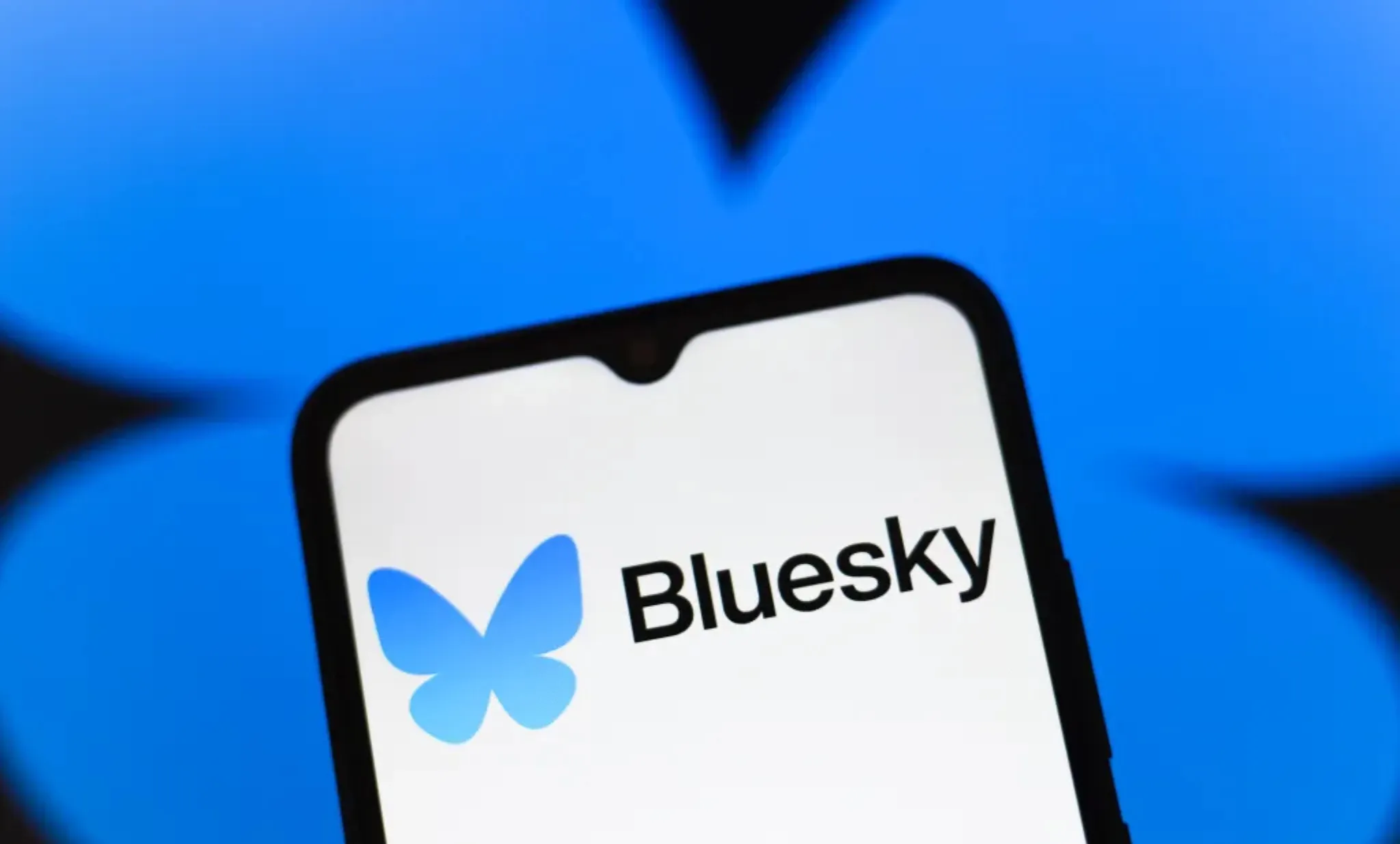Tinder, the world’s leading dating app, is facing a major challenge declining active users. To combat this, the Match Group-owned app is introducing AI-powered matching and discovery features. The goal? To offer an alternative to the traditional swipe system that has defined modern online dating for over a decade.
But will artificial intelligence be the game-changer Tinder desperately needs, or is it just another gimmick in the highly competitive online dating industry? Let’s dive into what’s happening with Tinder, its AI strategy, and the broader implications for the dating app landscape.
The Decline of Tinder: Why Are Users Leaving?
Over the years, Tinder has been synonymous with online dating. However, the app has been losing ground, with users complaining of burnout, superficial connections, and a lack of meaningful matches. According to its latest Q4 earnings report, Tinder’s monthly active users (MAUs) declined by 10% year-over-year in October, and the downward trend continued into the new year.
Several factors contribute to this decline:
-
Swipe Fatigue – Many users feel exhausted from endlessly swiping without finding genuine connections.
-
Privacy and Safety Concerns – Increased concerns over data security and bad experiences with other users have discouraged people from using dating apps.
-
Illusion of Choice – Despite thousands of profiles to choose from, many users feel they are not getting better matches.
-
Declining User Growth – Tinder’s global user base is shrinking, impacting its revenue and overall market position.
To counter these issues, Tinder is betting on AI-powered recommendations to enhance the matchmaking process.
How AI Will Change Tinder’s Matching Process
Match Group CFO Gary Swidler stated in a recent investor call that the new AI-powered matching system will provide “something other than swiping” to help users find more compatible partners. The AI-curated recommendations aim to offer a more personalized and engaging experience.
However, Swidler clarified that AI matching would not replace the swipe feature entirely. Instead, it will complement it, giving users more ways to interact with potential matches.
“We want to see that product really deliver for people in terms of enhanced quality matches that will improve the perception of the product, which should help us drive user growth,” Swidler explained.
AI Photo Finder: Helping Users Choose the Best Profile Pics
In addition to AI-powered matching, Tinder has already introduced an AI-driven feature called AI Photo Finder. This tool helps users select the most attractive and engaging profile pictures, eliminating the guesswork in choosing which photos will generate the most matches.
The logic behind this feature is simple first impressions matter in online dating. With AI analyzing user engagement, photo quality, and other factors, Tinder can guide users toward making better profile choices that may increase their chances of finding a match.
Can AI Really Improve Online Dating?
The concept of AI in dating apps isn’t new, but its effectiveness is still up for debate. While AI has transformed industries like e-commerce and content recommendations, online dating has its own unique challenges.
Potential Benefits of AI in Tinder:
-
Better Match Quality – AI could analyze user behavior, preferences, and interactions to create more meaningful matches.
-
Reduced Swiping Fatigue – Instead of endlessly swiping, users can get curated recommendations that fit their personality and dating goals.
-
Enhanced User Experience – A smarter algorithm could lead to more positive interactions, improving overall user satisfaction.
-
Increased Engagement – If AI-powered features work effectively, Tinder could see a rise in engagement rates, helping to reverse the decline in active users.

Potential Drawbacks:
-
Algorithm Bias – AI is only as good as the data it’s trained on, and it may reinforce existing biases, leading to limited diversity in matches.
-
Privacy Concerns – Users may be wary of AI analyzing their data, including photos and conversations, to make recommendations.
-
Over-Reliance on Technology – The magic of dating often lies in spontaneity, and AI-driven suggestions may make the process feel overly mechanical.
Tinder’s Financial Struggles and the Industry Shift
Despite Match Group’s optimism, Tinder’s financials indicate the app is facing significant hurdles. In Q4, Tinder’s direct revenue fell below expectations, coming in at $476 million less than the forecasted range of $480-$485 million. Additionally, Match Group’s overall revenue dropped by 0.7% year-over-year, reflecting a broader industry shift.
Meanwhile, competitors like Hinge and Bumble are also exploring AI-driven features, meaning Tinder’s move isn’t necessarily groundbreaking it’s necessary to stay competitive.

What’s Next for Tinder?
As part of its strategic shift, Match Group has appointed Spencer Rascoff, co-founder of Zillow Group, as its new CEO. Rascoff believes AI can bring a significant transformation to online dating, just as mobile technology once did a decade ago.
“This Cambrian explosion in AI is going to allow Match Group to have the same kind of business inflection that the shift from desktop to mobile created for our category and other categories around 10 years ago,” Rascoff stated.
The question remains will AI be enough to make Tinder relevant again, or is the dating landscape fundamentally changing in a way that even technology can’t fix?
Tinder’s decision to integrate AI-powered matching and discovery features is a bold but necessary move. With user engagement declining and financial struggles mounting, the dating giant needs innovation to stay ahead. However, whether AI can truly solve Tinder’s deeper issues such as swipe fatigue and user disillusionment remains uncertain.
One thing is clear: the dating app industry is evolving. AI may not be the perfect solution, but it could be the beginning of a new era in online dating. If implemented well, it has the potential to offer a better experience for users and bring Tinder back to its former glory.



